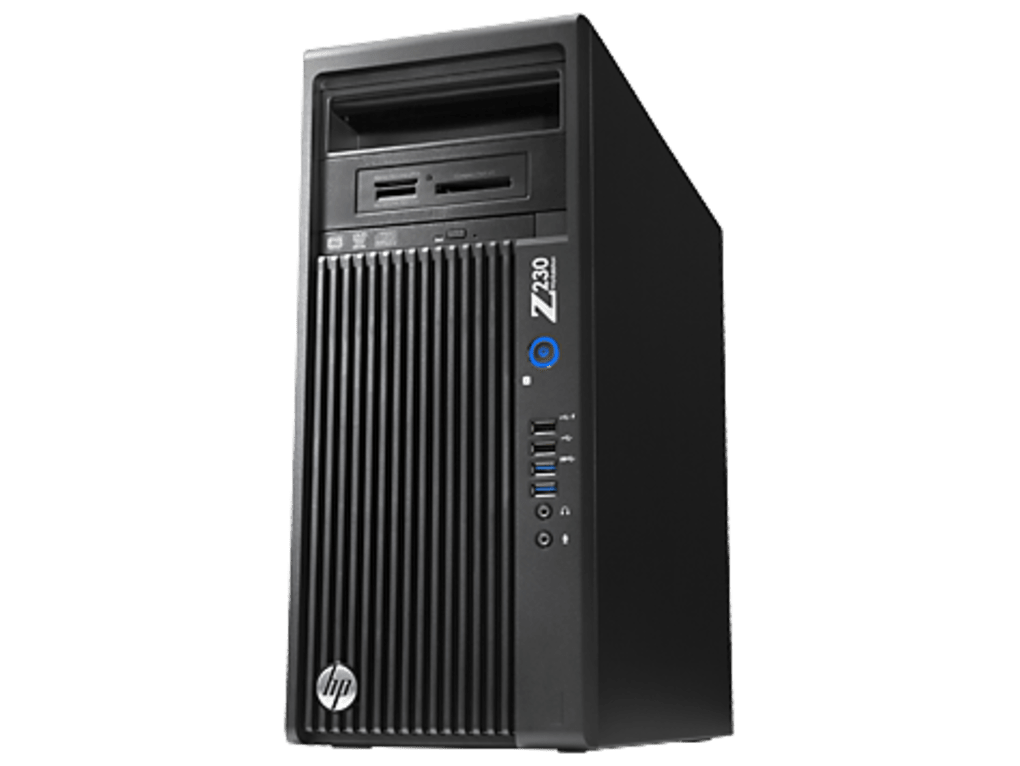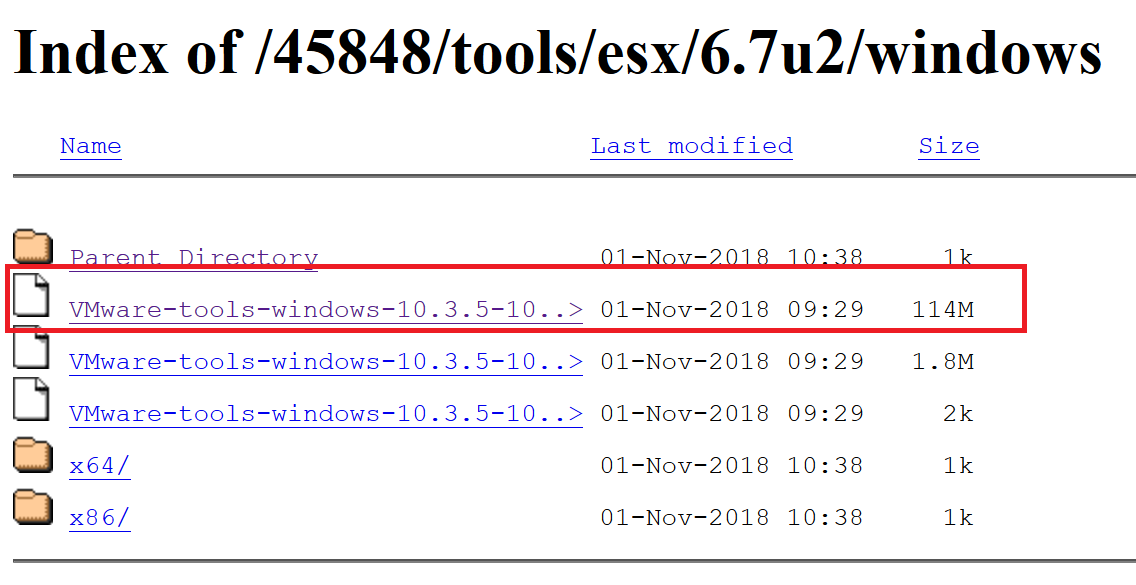Download the completely customized HPE ESXi image. Download the HPE ESXi Offline Bundles and third-party driver bundles included in the HPE Customized image and apply them to your VMware ESXi downloaded from VMware. Download VMware Workstation Player for free. The free VMware Workstation Player lets you evaluate multiple operating systems at the same time on your PC. With its user-friendly interface, VMware Workstation Player makes it effortless for anyone to try ou. VMware Workstation 16 Pro VMware Workstation Pro is the industry standard desktop hypervisor for running virtual machines on Linux or Windows PCs. Workstation 16 Pro improves on the industry defining technology with DirectX 11 and OpenGL 4.1 3D Accelerated graphics support, a new dark mode user interface, support for Windows Hyper-V mode on Windows 10 version 2004 and greater hosts, a new CLI. I'm trying to find a way to download all recent drivers from the VMware download page with a script or similar. It's quite annoying to click on every driver on the.
Device drivers improve sound, graphics, networking, and storage performance. If you perform a custom VMware Tools installation or reinstallation, you can choose which drivers to install.
The set of drivers that are installed when you install VMware Tools depends on the guest operating system and the VMware product. For detailed information about the features or functionality that these drivers enable, including configuration requirements, best practices, and performance, see the documentation for your VMware product. The following device drivers can be included with VMware Tools.
On Windows guest operating systems whose operating system is Windows Vista or later, the VMware SVGA 3D (Microsoft - WDDM) driver is installed. This driver provides the same base functionality as the SVGA driver, and it adds Windows Aero support.
For example, Windows Server 2008 defaults to LSI Logic SAS, which provides the best performance for that operating system. In this case, the LSI Logic SAS driver provided by the operating system is used.
VMware supplies a special SCSI driver for virtual machines that are configured to use the BusLogic virtual SCSI adapter. Virtual machines do not need this driver if they do not need to access any SCSI devices or if they are configured to use the LSI Logic virtual SCSI adapter.
The driver is included as part of the VMware Tools package or comes bundled with VMware ESX/ ESXi. It is available on the host as a floppy image at /vmimages/floppies/vmscsi.flp. The driver can be used in Windows XP, Windows Server 2003, or Windows 2000.
When you install VMware Tools, a VMXNET NIC driver replaces the default vlance driver.

- File Introspection Driver: The File Introspection driver uses the hypervisor to perform antivirus scans without a bulky agent. This strategy avoids resource bottlenecks and optimizes memory use.
- Network Introspection Driver: The Network Introspection driver supports NSX for vSphere Activity Monitoring.

Download Vmware Workstation
Do not delete or replace existing inbox drivers for Linux that are distributed by your OS vendors. Deleting or replacing these drivers might cause conflict with future updates to the drivers. Contact your OS vendor or OS community for availability of specific updates to drivers.
See http://kb.vmware.com/kb/2073804 for information about availability, maintenance, and support policy for inbox drivers for Linux.
If you use Workstation or Fusion, you can install the Shared Folders component. With Shared Folders, you can easily share files among virtual machines and the host computer. The VMHGFS driver is a file system redirector that allows file system redirection from the guest operating system to the host file system. This driver is the client component of the Shared Folders feature and provides an easy to use alternative to NFS and CIFS file sharing that does not rely on the network. For Linux distributions with kernel version 3.10 and later, a new FUSE based Shared Folders client is used as a replacement for the kernel mode client.
VMware Tools installation include the VMware AppDefense, a security management and monitoring solution. AppDefense agent can be installed on the guest virtual machine using the VMware Tools installer. However, VMware Tools cannot install the AppDefense component automatically. You need to install the component manually.
This download contains the SAS HW RAID driver for VMWare* ESX 4
This download supports Intel® RAID Controllers using SAS software stack (RS3SC008, RS3DC080, RS3DC040, RS3WC080, RMS25PB080, RMS25PB040, RMT3PB080, RMS25CB080, RMS25CB040, RMT3CB080, RMS25CB080N, RMS25PB080N, RS25AB080, RS25SB008, RS25DB080, RS25NB008, RS2VB080, RS2VB040, RT3WB080, RS2WC040, RS2WC080, RS2SG244, RS2WG160, RMS2MH080, RMS2AF080, RMS2AF040, RS2MB044, RS2BL080, RS2BL080DE, RS2BL040, RS2PI008DE, RS2PI008, SRCSASJV, SRCSASRB, SRCSATAWB, SROMBSASFC, SROMBSASMP2, SROMBSASMR, SRCSASPH16I, SRCSASBB8I, SRCSASLS4I, SRCSAS18E*, SRCSAS144E*, SROMBSAS18E*), please verify that this utility has been tested with the RAID card you have chosen to use by checking the drivers Web page for your controller at http://support.intel.com.
*These older controllers should work but have not been tested. Please see the included readme.txt file for additional details and installation instructions.
Package Information
Driver Version =6.602.05.00.1
OS supported = VMWare ESX* 4.*

Download Driver Vmware Svga 3d
Download Vmware Driver
Supported Kernels : released build ESX 4.0 164009
released build ESX 4.1 260247
*********************************************************
The Software may contain open source software. The associated open source licenses are included with the driver package
*********************************************************
